Search
Did you mean: Tacitus?
Summary 
Loading AI-generated summary based on World History Encyclopedia articles ...
Search Results

Definition
Titus Andronicus
Titus Andronicus is the earliest tragedy by William Shakespeare (l. c.1564-1616), probably written sometime between 1589 and 1593, and first performed in 1594. Infamous for its gratuitous violence and two-dimensional characters, Titus Andronicus...
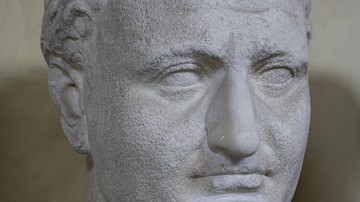
Definition
Titus (Roman Emperor)
Titus was Roman emperor from 79 to 81 CE. On June 24, 79 CE Titus Flavius Vespasianus succeeded his father Vespasian (r. 69-79 CE) as emperor of the Roman Empire. Prior to his ascension to the throne, he was considered by many as “…unpopular...
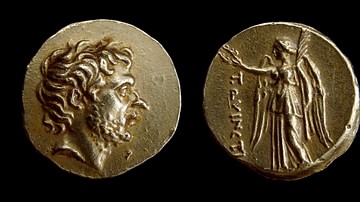
Definition
Titus Quinctius Flamininus
Titus Quinctius Flamininus (229-174 BCE) was a consul and military commander of the Roman Republic during the Second Macedonian War, who decisively defeated Philip V of Macedon (r. 221-179 BCE) at the Battle of Cynoscephalae in 197 BCE and...
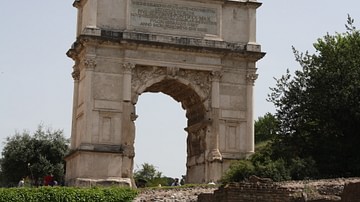
Article
The Arch of Titus, Rome
The Arch of Titus is a Roman Triumphal Arch which was erected by Domitian in c. 81 CE at the foot of the Palatine hill on the Via Sacra in the Forum Romanum, Rome. It commemorates the victories of his father Vespasian and brother Titus in...
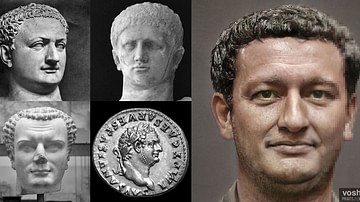
Image
Titus (Artistic Facial Reconstruction)
A photorealistic representation of what the Roman emperor Titus (r. 79-81 CE) may have looked like. Pictured alongside the reconstruction are the artworks and statuary used as references. From left to right and top to bottom, these are the...

Image
Titus Andronicus and Lucius
Lucius and Titus, two characters from William Shakespeare's Titus Andronicus, watercolors by J. Coghlan, c. 1800-30.
Folger Shakespeare Library.

Image
Titus Bust, Vatican Museums
A 1st century bust of Roman emperor Titus, reign 79-81 CE. (The Vatican Museums, Rome).
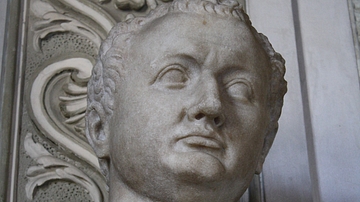
Image
Titus Bust, Capitoline Museums
A 1st century CE bust of Roman emperor Titus, reign 79-81 CE. (Capitoline Museums, Rome)
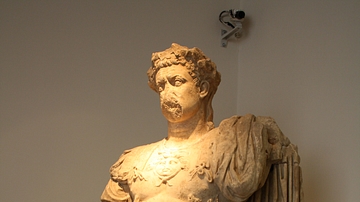
Image
Titus Statue, Olympia
A marble statue of emperor titus (79-81 CE), Olympia Archaeological Museum. The corselet depicts two Nereids riding on sea monsters.
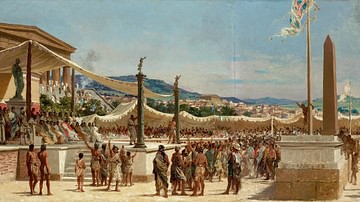
Image
Titus Quinctius Flamininus Offers Liberty to the Greeks
Titus Quinctius Flamininus declares Greece free after the Second Macedonian War and the defeat of Philip V of Macedon at the Battle of Cynoscephalae (197 BCE), oil on canvas by Giuseppe Sciuti, c. 1879.
Private collection.